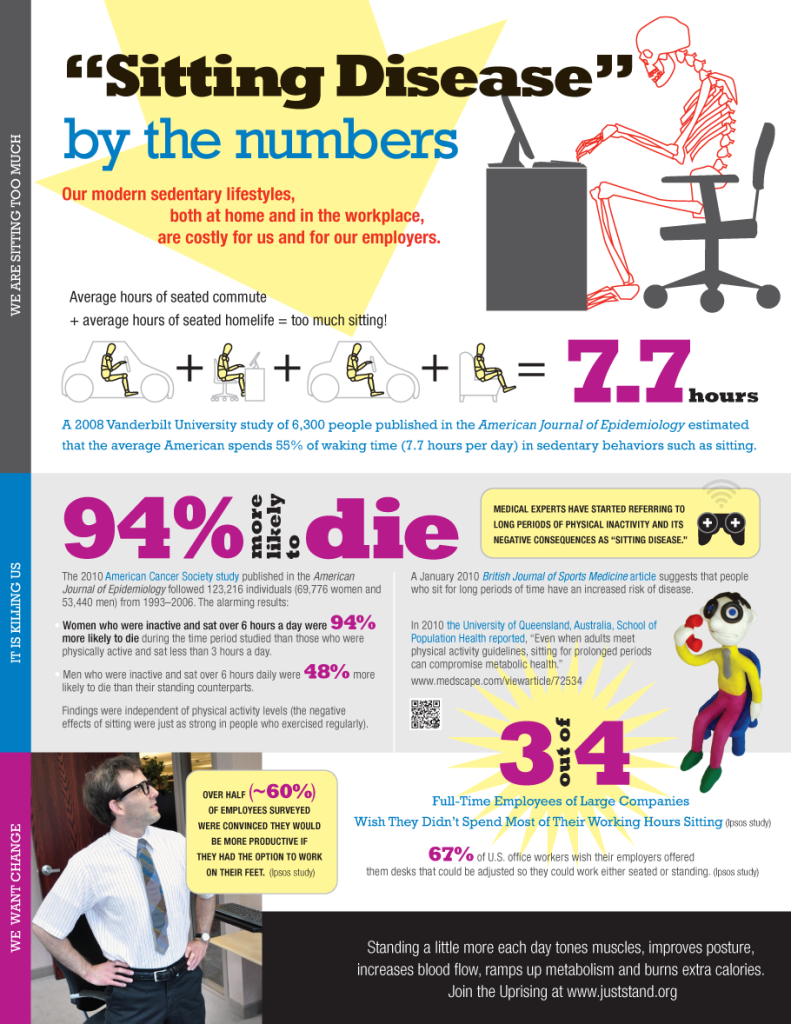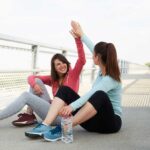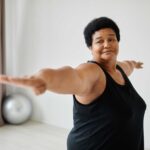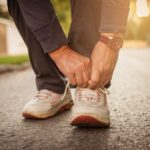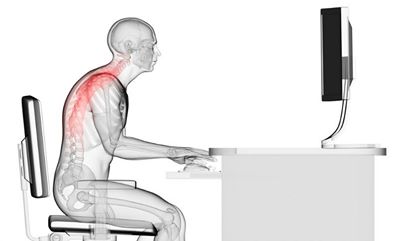
19 Feb Movement Matters: The Reality of Sitting Disease
Another month or so of cold weather means that ‘sitting season’ is still upon us. Work, commute, home, dining, and watching The Voice can add up to lots of time squishing your gluteal muscles on the couch rather than working on your buns of steel video. Beyond the cosmetic and I-can’t-fit-into-my-jeans issues are some newly identified serious health risks of what we are now calling ‘sitting disease’. The infographic below outlines some of the serious effects of sitting disease: Increased risk of high blood pressure and cholesterol leading to heart disease and stroke, and increased blood sugar levels leading to diabetes.
So, what are we going to do about sitting disease? My dad would have said, “Hey, get off your @$$ and do something”, but it’s not always that simple. Recent research has shown that the traditional hour in the gym several times a week may not be enough to offset the negative effects of prolonged sitting. The better answer may be embracing lifestyle changes that replace traditional sitting activities with standing or walking activities. Examples include:
- In addition to purposeful exercise sessions, get out of your home or office to the mall, school, or park for an additional hour a day to just move.
- Replacing reality TV with Really Living…cooking, cleaning, gardening, and walking the dog are all great substitutes for an hour or two watching TV.
- For those who sit at work, request a standing desk or find a high countertop to use as a work station several hours a day.
- Stand and walk while on the phone.
- Stand at the back of the room (if appropriate) during meetings and gatherings.
- Use lunchtime and break time to take a quick walk around your office space, or run an errand and take a few laps around the store.
- Re-arrange your office to require intermittent standing and walking to complete essential tasks throughout the day. (Sorry LEAN people)
- Drink more water, the secondary effect of which will be more trips down the hall to the restroom.
Once you have changed your mindset, you can see that prolonged sitting can be modified in a variety of ways. However, we often find that sitting is as much a symptom as a cause of inactivity. Stiffness or pain that prevents folks from standing or walking as much as they would like frequently contribute to excess sitting time. If your limitation is back pain, hip pain, knee pain, foot or ankle pain, or general balance or deconditioning concerns, speak with your physician or call us for an appointment to evaluate your condition. We will be happy to get you off your rear and on your feet!
Wishing you and your family a healthy February,
Brian
- All-cause mortality (hazard ratio 1.240, 95% CI 1.09-1.41)
- Cardiovascular disease mortality (HR 1.179, 95% CI 1.106-1.257)
- Cardiovascular disease incidence (HR 1.143, 95% CI 1.002-1.729)
- Cancer mortality (HR 1.173, 95% CI 1.108-1.242)
- Cancer incidence (HR 1.130 95% CI 1.053-1.213)
- Type 2 diabetes incidence (HR 1.910, 95% CI 1.642-2.222)

